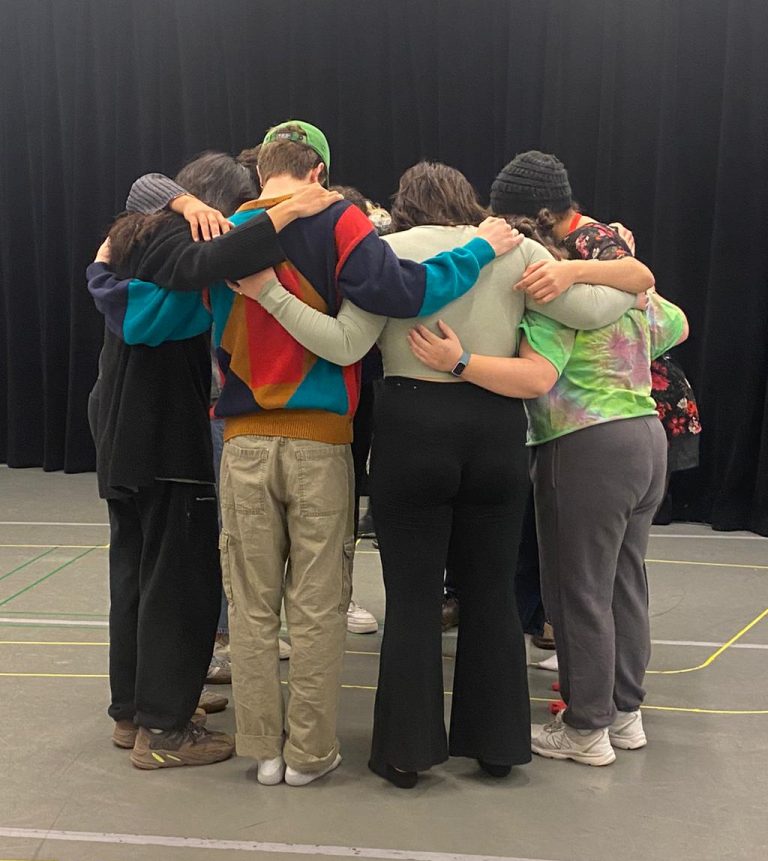A Mother’s Love and a Woman’s Life | A DOLL’S HOUSE
By Sam Evans
A Doll’s House, originally written in 1879 by prolific Norwegian playwright Henrik Ibsen, was inspired by the true story of his friend, Laura Kieler. Laura forged a signature to receive a loan and save the life of her husband, Victor, but tried to hide her actions from him. When Laura faced the repercussions of her crime and Victor discovered her secret, he demanded they separate and committed her to an asylum. Laura was soon discharged, and she persuaded Victor to take her back. Upon hearing this story, Ibsen noted that “A woman cannot be herself in modern society. It is an exclusively male society, with laws made by men and with prosecutors and judges who assess feminine conduct from a masculine standpoint.” Such is a pattern in Ibsen’s artistic oeuvre, where complex women are forced to make impossible choices, often leading to tragedy. Ibsen is renowned for his portrayal of feminism, family dynamics, lies and betrayals, and darkly emotional character arcs. These contributions to theatre have titled him “the father of realism and modern drama.”
In A Doll’s House, Nora’s inner turmoil is displayed as she dances the “Tarantella.” This dance originated in Italy and was thought to occur when a woman was bitten by a venomous spider. She would become afflicted by “tarantism” and move her body frantically to rid herself of the venom. However, the bite was only as painful as a bee sting, and some people believe the Tarantella was truly a way for women to abstractly express their frustration and anger in a socially acceptable manner. By effectively “shaking it out,” the women were able to calmly go about their normal lives. In Nora’s case, she attempts to expel the feeling that she is poisonous to her children as well as relieve her anxiety. Her dancing is a wordless call for help that fails to reach her husband or friends, leaving her feeling broken and hopeless as a wife, mother, and person.

An 1877 drawing depicting someone performing the tarantella
Nora’s performance of the Tarantella highlights the essence of this season at EmersonStage: the need for self-expression and recognition, and the intersections between passion, pain, and art. As she dances for her life and the well-being of her family, she finally creatively conveys her love and hurt. This leads Nora to question what is best for herself, her children, and Torvald. As a result, Emerson’s production of A Doll’s House asks audience members, what are you doing to escape the constrictions of society? Are you doing what is best for your own needs? What about the needs of your loved ones? What if those two things conflict? And how does one truly decide what is “best”?




